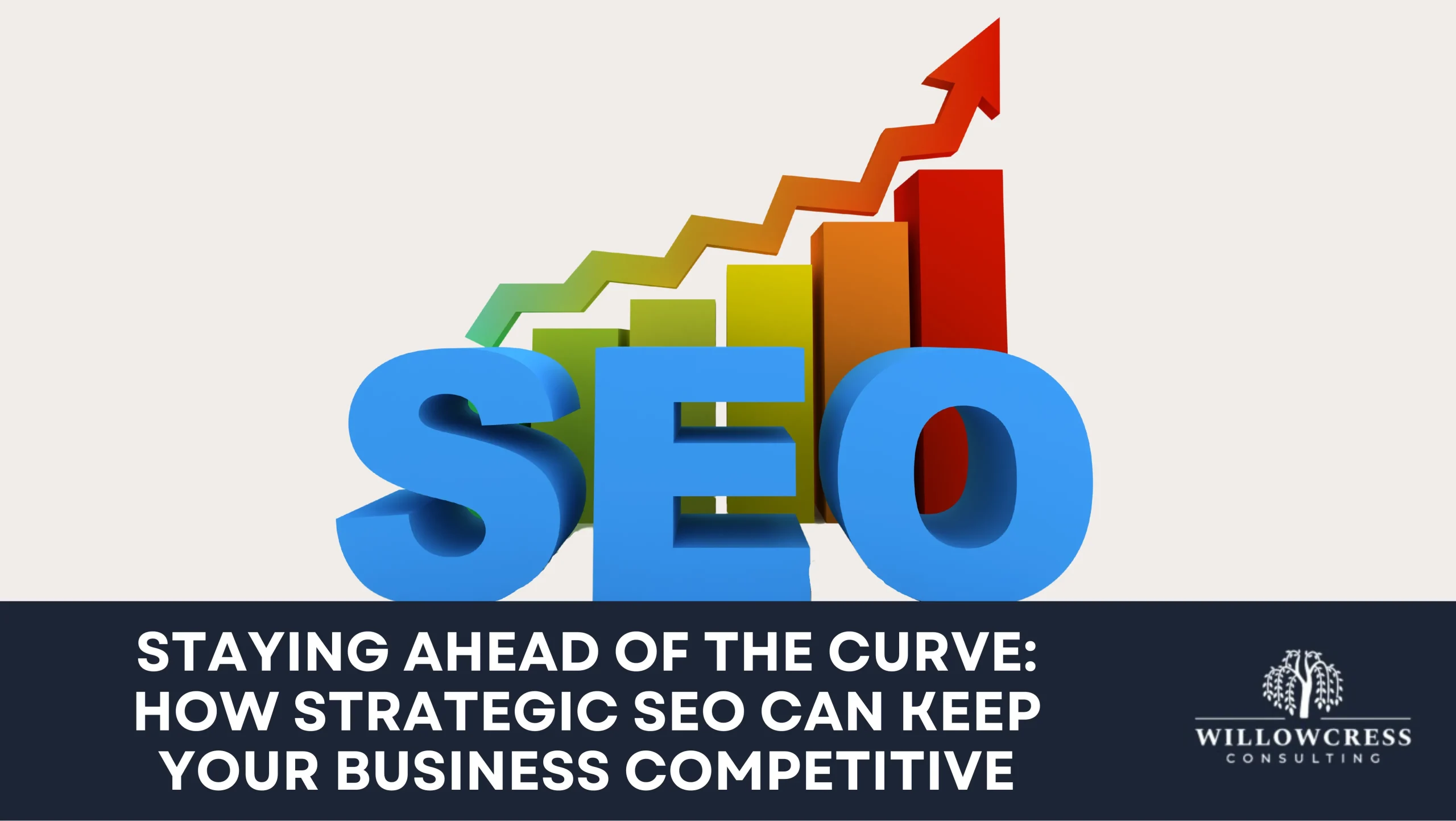In today’s digital world, where competition is fierce and consumer attention spans are fleeting, staying ahead of the curve is crucial for any business. Search Engine Optimization (SEO) plays a vital role in achieving online visibility, attracting potential customers, and ultimately driving business growth. However, SEO for business owners is not a static strategy – it constantly evolves alongside search engine algorithms and user behavior. This is why implementing a strategic SEO approach is essential for long-term success.
The Changing Landscape of SEO
Developing a strategic SEO approach involves several key steps:
Define Your Business Goals and Target Audience
- Identify your business goals: What do you want to achieve with SEO? Do you want to:
- Increase brand awareness and website traffic.
- Generate leads and convert visitors into customers.
- Improve brand reputation and establish yourself as an industry authority.
- Understand your target audience: Who are you trying to reach with your SEO efforts? Develop buyer personas to understand their demographics, pain points, interests, and online behavior. This will help you tailor your content and website experience to their specific needs.
Conduct Thorough Keyword Research:
- Utilize SEO tools: Leverage keyword research tools like Google Keyword Planner, Ahrefs, or SEMrush to identify relevant keywords with high search volume and low competition.
- Analyze competitor keywords: Research the keywords your competitors are ranking for and consider targeting related terms or long-tail keywords that offer higher conversion potential.
- Focus on search intent: Don’t just focus on high-volume keywords; prioritize those that align with your audience’s search intent. Are they looking for information, trying to compare products, or ready to make a purchase?
Create High-Quality Content:
- Develop informative and engaging content: Create valuable content addressing your audience’s needs and interests. This could include blog posts, articles, case studies, white papers, infographics, videos, or other relevant formats.
- Optimize for readability: Use clear and concise language, break down complex topics into easily digestible sections, and utilize visuals like images and videos to enhance reader engagement.
- Target relevant keywords: Strategically incorporate your target keywords throughout your content, but prioritize natural integration over keyword stuffing.
- Maintain content freshness: Regularly update your website with fresh content to keep your audience engaged and demonstrate expertise in your industry.
Optimize Website Structure and Technical Elements:
- Ensure crawlability and indexability: Make sure your website is easily accessible to search engine crawlers by optimizing your website structure, internal links, and robots.txt file.
- Prioritize mobile-friendliness: In today’s mobile-first world, having a responsive website optimized for various screen sizes is crucial for user experience and SEO performance.
- Improve website speed: Slow loading times can significantly hurt your SEO ranking and user experience. Optimize image sizes, leverage caching mechanisms, and minify code to improve website speed.
- Implement structured data: Utilizing structured data markup helps search engines understand the content and context of your web pages, potentially leading to richer search results and improved click-through rates.
Build a Natural and Diverse Backlink Profile:
- Earn backlinks from reputable websites: Backlinks, or links from other websites to yours, are a crucial ranking factor. Focus on acquiring backlinks from high-authority websites relevant to your industry and niche.
- Create shareable content: Develop high-quality content that is informative, engaging, and valuable enough to be shared by others organically.
- Participate in online communities: Engage in relevant online communities like forums and industry groups, providing valuable insights and establishing yourself as an expert. This can naturally lead to other websites referencing your expertise and linking to your content.
- Utilize guest blogging: Contribute guest blog posts to other websites in your niche, providing valuable content for their audience and earning a backlink in return. Do this strategically, ensuring the websites are relevant and reputable.
By following these steps and continuously monitoring and adapting your strategy, you can establish a robust and sustainable SEO approach that drives long-term success for your business in the ever-evolving digital landscape.
Building a Strategic SEO Approach
Developing a successful SEO strategy goes beyond simply following a checklist of tactics. It requires a comprehensive approach that integrates with your overall business goals and considers the ever-evolving landscape of search engines and user behavior. Here’s an expanded breakdown of the key steps involved:
Define Your Business Goals and Target Audience
Go beyond “increased website traffic.”
While traffic is important, define measurable goals like boosting qualified leads, increasing conversions on key product pages, or driving brand awareness in specific target demographics.
Develop buyer personas
Research and create detailed profiles of your ideal customers, including their demographics, interests, pain points, and online behavior. Understanding their search intent and preferred information consumption channels is crucial for crafting relevant and engaging content.
Conduct Thorough Keyword Research
Don’t just focus on volume
While search volume is a factor, prioritize keyword relevance to your target audience and search intent. Use tools like Google My Business, Google Trends to understand search trends and identify potential seasonal or event-related opportunities.
Go beyond broad keywords.
Leverage long-tail keywords, which are more specific and often have lower competition, allowing you to target a more precise audience with higher conversion potential.
Analyze competitor gaps
Identify keywords your competitors search rankings for that you don’t. This can reveal potential opportunities to capture valuable traffic and establish your brand as an authority in specific areas.
Create High-Quality Content
Focus on expertise and value
Prioritize content that demonstrates your expertise, offers valuable insights, and solves your audience’s specific problems. Aim to become a trusted source of information in your industry.
Content diversification is key.
Experiment with various formats like blog posts, case studies, infographics, videos, and interactive elements to cater to different learning styles and preferences.
Optimize for user experience (UX)
Ensure your content is well-structured, easy to navigate, and visually appealing. Break down complex topics into bite-sized pieces and use clear language with proper grammar and spelling.
Optimize Website Structure and Technical Elements
Prioritize mobile-first indexing
Ensure your website is mobile-friendly and delivers a seamless user experience across all devices. This is critical as Google prioritizes mobile-friendly websites in search results.
Technical SEO audit
Conduct a regular technical SEO audit to identify and address any technical issues impacting your website’s crawlability, indexability, and performance. This might include broken links, slow loading times, and mobile responsiveness problems.
Embrace structured data
Implement structured data markup to provide search engines with richer information about your content, potentially leading to richer search results and improved click-through rates.
Build a Natural and Diverse Backlink Profile
Focus on quality over quantity
Earning backlinks from high-authority websites relevant to your industry carries much more weight than acquiring links from low-quality sources.
Develop link-worthy content
Create content that is naturally shareable and valuable enough for other websites to want to link to it organically. This could be comprehensive guides, insightful research, or unique data-driven reports.
Engage in strategic outreach.
Build relationships with websites with relevant content and industry influencers and explore opportunities for guest blogging or co-creating content. Always ensure the websites align with your brand and target audience.
Monitor your backlink profile.
Regularly monitor your backlink profile using SEO tools to identify and disavow any spammy or low-quality links that might negatively impact your website’s ranking.
Remember, SEO is a continuous process. By following these steps, consistently monitoring and adapting your strategy, and staying informed about the latest SEO trends and best practices, you can create a robust and sustainable SEO approach that drives long-term success for your business in the ever-evolving digital landscape.
The Ongoing Pursuit of Success
SEO is a continuous process, requiring ongoing monitoring and analysis. Utilize analytics tools to track website traffic, keyword rankings, and user behavior. Based on these insights, algorithm updates, and industry trends, adapt your strategy and stay informed through industry publications, conferences, and expert resources.
Conclusion
Implementing a strategic SEO approach offers several benefits:
- Increased organic traffic: Improved online visibility attracts more potential customers to your website.
- Enhanced brand awareness: By ranking higher in organic search results, your brand becomes more recognizable and credible.
- Improved lead generation and conversions: Optimized websites convert visitors into leads and customers more effectively.
- Long-term, sustainable growth: By staying ahead of the SEO curve, you ensure your business remains competitive and thrives in the digital age.
Don’t let your competition outpace you. Invest in a strategic SEO approach and stay ahead of the curve to achieve long-term success in the ever-evolving digital landscape.

